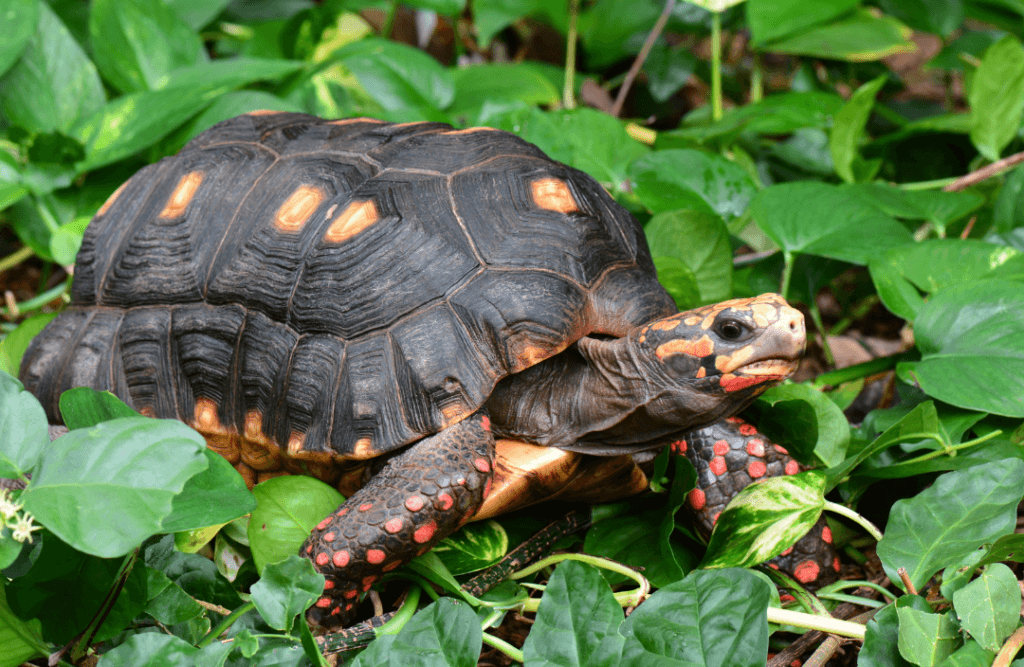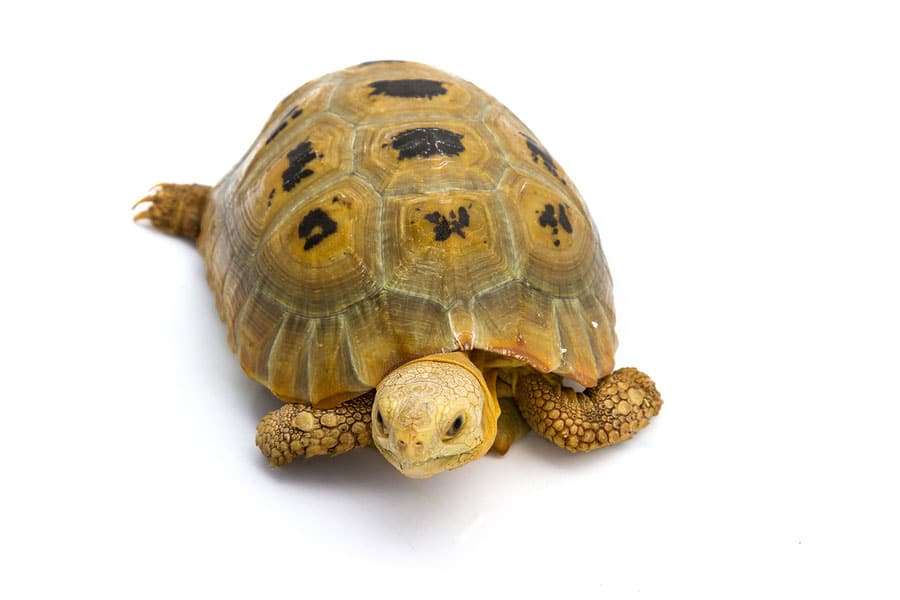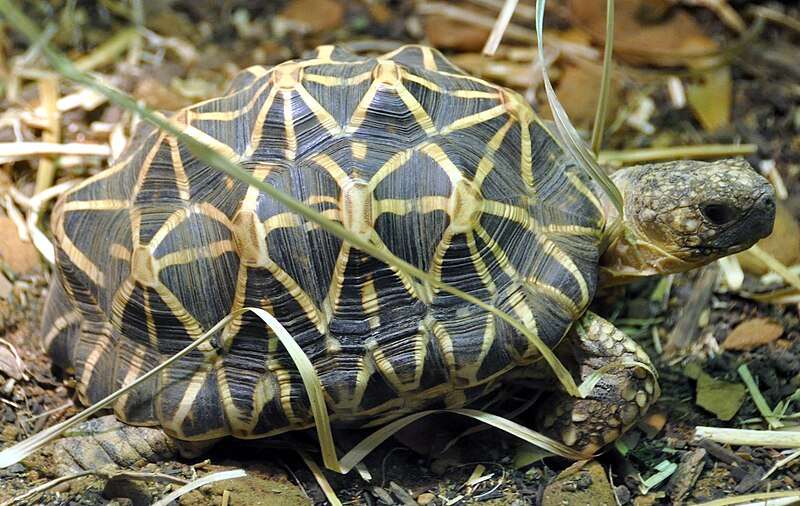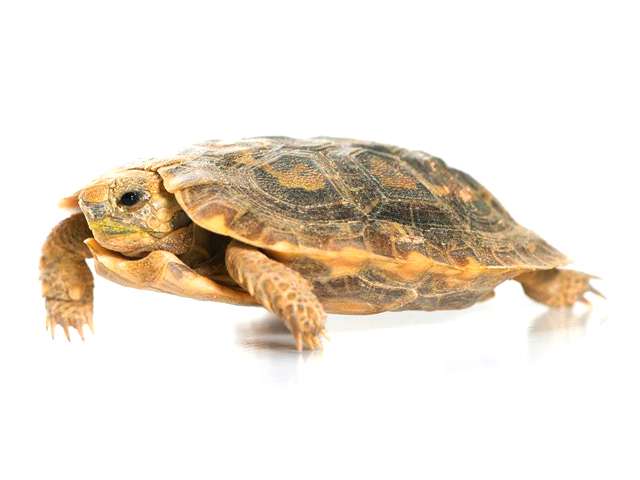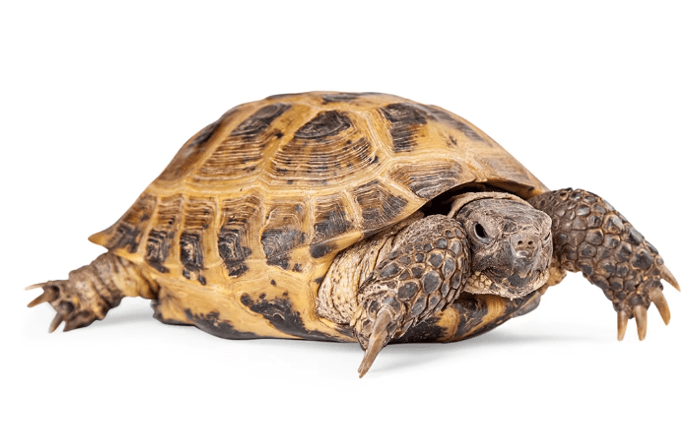Red Footed Tortoise
Description Medium-sized red-footed tortoises can be found in Central and South America. They have a concave, rough shell that is typically black, grey, or brown, and the majority of their skin is black. In young tortoises, the bumps are surrounded or covered by small, distinct regions of yellow or brown. On their head, they could […]
Red Footed Tortoise Read More »


